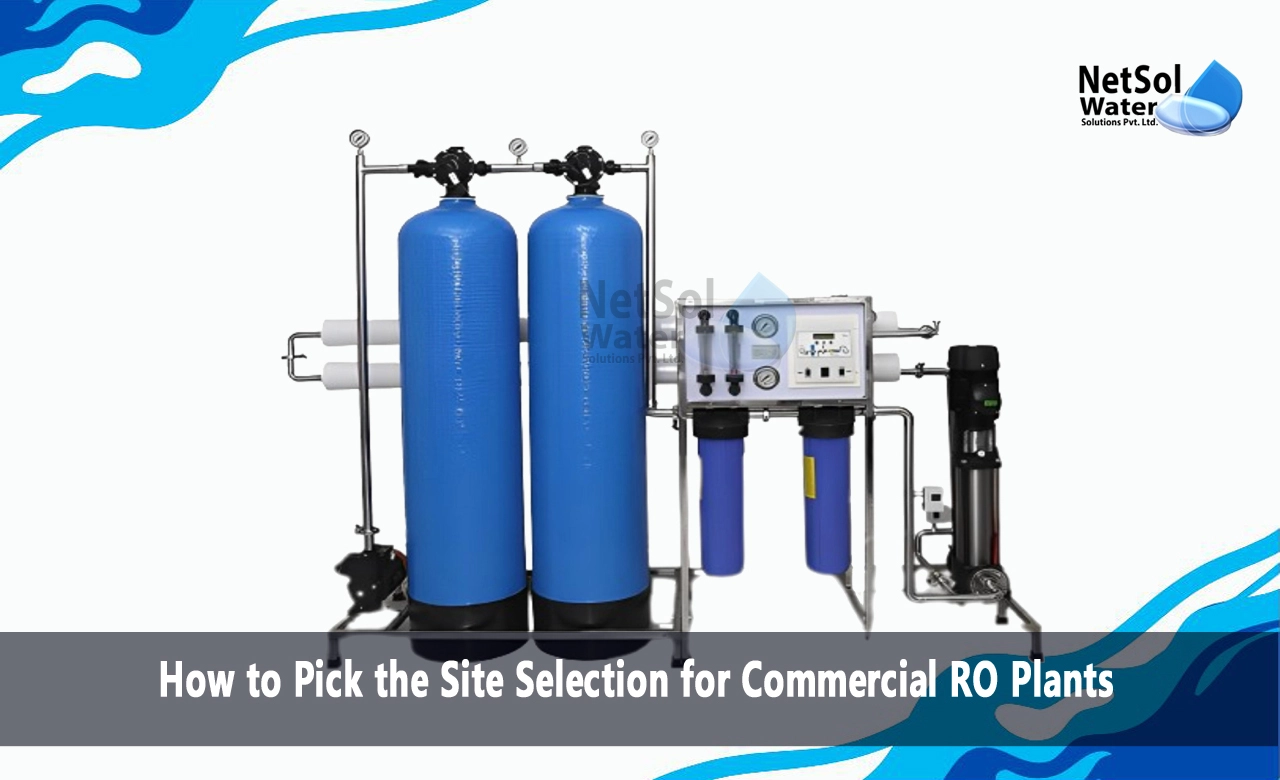How to Pick the Site Selection for Commercial RO Plants?
Selecting the perfect location for a commercial Reverse Osmosis (RO) plant is crucial for its success. These plants clean water for drinking and industry, so where they're built matters a lot. We have to think about things like if there's enough water, what buildings are needed, and if it follows the rules. We will talk about how to pick the best spot for an RO plant, which will help people planning and building them. Finding the right place ensures that the plant runs smoothly and provides clean water for everyone who needs it.
Water Source Availability
The primary consideration for site selection is the availability of a suitable water source. RO plants require a consistent and abundant supply of feed water, which can be sourced from various sources, including seawater, brackish water, surface water, or groundwater.
When evaluating water sources, it's essential to assess the quality and quantity of the feed water. The feed water quality will determine the pretreatment requirements and the overall efficiency of the RO process. Factors such as salinity, turbidity, and the presence of contaminants like heavy metals, organic matter, and microorganisms should be carefully analyzed.
Additionally, the availability of the water source throughout the year should be assessed. Seasonal fluctuations, droughts, or other factors that may affect the water supply should be taken into account to ensure a consistent and reliable feed water supply.
Infrastructure Requirements
Commercial RO plants require substantial infrastructure to support their operation. Access to reliable power sources, transportation networks, and water distribution systems is essential.
Power consumption is a significant operational cost for RO plants, making proximity to reliable and cost-effective power sources a critical factor. Renewable energy sources, such as solar or wind power, can be explored to reduce the plant's carbon footprint and long-term energy costs.
Transportation infrastructure, including roads, railways, and ports, is necessary for the delivery of equipment, chemicals, and other materials required for the plant's construction and operation. Easy access to transportation networks can also facilitate the distribution of the treated water to end-users.
Water distribution systems, including pipelines, pumping stations, and storage facilities, are crucial for delivering the treated water to its intended destinations. The site should be located in proximity to existing water distribution networks or have the potential for new infrastructure development.
Environmental Impact and Regulatory Compliance
Environmental impact and regulatory compliance are critical considerations for site selection. RO plants can have significant environmental impacts, including the discharge of concentrated brine, potential disturbance of marine ecosystems, and energy consumption.
The site should be evaluated for its potential impact on sensitive ecosystems, such as wetlands, estuaries, and marine protected areas. Environmental impact assessments should be conducted to identify and mitigate potential risks.
Regulatory compliance is another essential factor. Different regions and countries have specific regulations and permitting requirements for the construction and operation of RO plants. These regulations may include guidelines for water quality, discharge limits, environmental protection, and land use.
Ensuring compliance with local, regional, and national regulations is crucial to avoid legal issues, delays, and potential penalties. Close collaboration with regulatory authorities and stakeholders is recommended to ensure a smooth permitting process and ongoing compliance.
Conclusion
Selecting the right location for a commercial RO plant is complicated. It involves considering many factors such as water availability, infrastructure needs, environmental impact, and following rules.
Choosing a good site with enough water, proper infrastructure, minimal harm to nature, and meeting regulations means the plant will work well, be cost-effective, and provide clean water consistently.
Talking to local communities, regulators, and environmental groups is crucial. This helps address concerns and ensures a fair decision-making process.
Ultimately, finding the right spot for an RO plant is vital. It sets the stage for success and ensures responsible water management.
Do you need an advice or assistance on selecting the best water and wastewater treatment unit? We have solutions for all your problems!
Let us now your problem, our experts will make sure that it goes away.
For an assistance or related query,
Call on +91-965-060-8473 Or write us at enquiry@netsolwater.com



